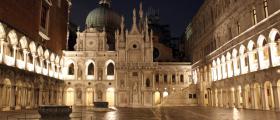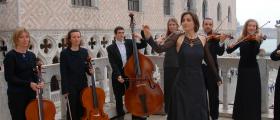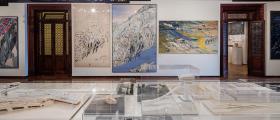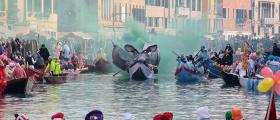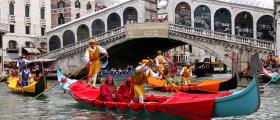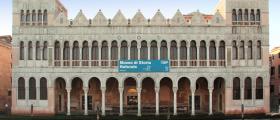PADOVA
Tradition says that the founding of Padua dates back to 1185 B.C., by a group of Venetians from Illyria and Asia Minor, according to legends, led by Antenor, the prince who survived the destruction of Troy, whose hypothetical tomb would be in the square.
Since 1222, Padua has been home to one of the oldest universities in the world
Padua is known as “the city of the three without,” from the Café without doors (Café Pedrocchi, open 24 hours a day in the past), the Meadow without grass (Prato della Valle), the Saint without a name Basilica of St. Anthony of Padua known by Paduans as “the Saint”).
In Padua there are UNESCO World Heritage Sites that are very interesting and not to be missed: The Botanical Garden and the Scrovegni Chapel.
CAPPELLA DEGLI SCROVEGNI
The Scrovegni Chapel is a church that has become part of the Civic Museums of Padua. It houses a well-known fresco cycle by Giotto from the early 14th century, considered one of the masterpieces of Western art. A UNESCO World Heritage Site since 2021, the paintings inside this chapel started a painting revolution that developed throughout the 14th century and influenced the history of painting.
ORTO BOTANICO
The Botanical Garden of Padua was founded in 1545 and is the oldest botanical garden in the world. It is located in the historic center of Padua, near the Prato della Valle and has been a UNESCO World Heritage Site since 1997.
The Botanical Garden was established for the cultivation of medicinal plants that constituted the majority of “simple” medicines from nature, which is why the Garden's primitive name was “Giardino dei Semplici.” Over the centuries, the Garden has been located at the center of a very dense network of international relations, exercising a preponderant role in the research environment in the exchange of ideas, knowledge and plants.
- BASILICA DI SANT’ ANTONIO
The Pontifical Minor Basilica of St. Anthony of Padua is one of the main Catholic places of worship in the city.
Known worldwide as the Basilica del Santo, it is one of the largest churches in the world and is visited by about 6.5 million pilgrims a year. It houses the relics of St. Anthony of Padua and his tomb.
Work on its construction began in 1238 and extended until 1310. Modifications to the Basilica continued until the 15th century, with a major boost after a fire and subsequent collapse of a bell tower in 1394.
PRATO DELLA VALLE
Prato della Valle, one of the symbols of Padua, is a large elliptical square that, in addition to being the largest square in Padua, is one of the largest in Europe (88620 sq m).
The square is a large monumental space characterized by a central green island, called Isola Memmia, in honor of the podestà who commissioned the work, surrounded by a canal adorned with a double base of statues of famous people of the past.
Today the whole square has been completely modernized and widely used by Paduans for walks or events.
CAFÉ PEDROCCHI
In 1816 Antonio Pedrocchi, the son of a coffee maker from Bergamo, commissioned Giuseppe Jappelli, a well-known Venetian architect, to expand the small café he had inherited from his father. The new establishment was opened in 1831.
The café from its earliest years became known as “the café without doors,” both because until 1916 it was open day and night and because of the welcome dictated precisely by its structure: the open and, at the time, glassless arcade was a kind of “passage” connected to the city.
Due to its central location and proximity to the University campus, the café soon became a focal point of the city's cultural and commercial life.



